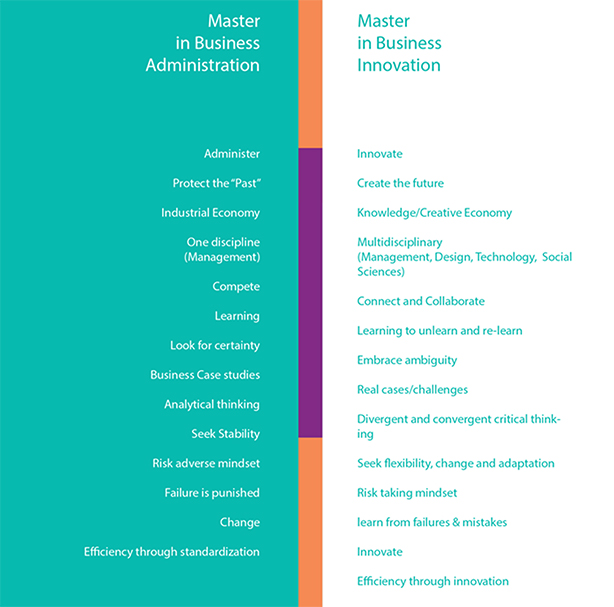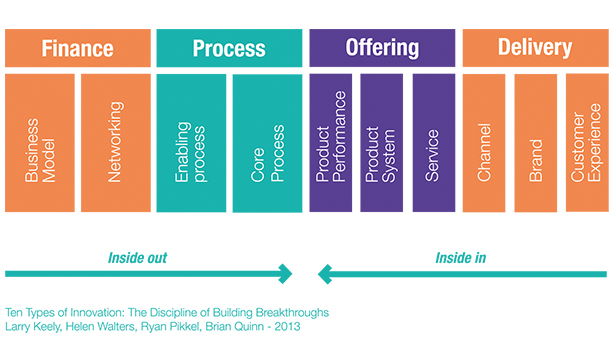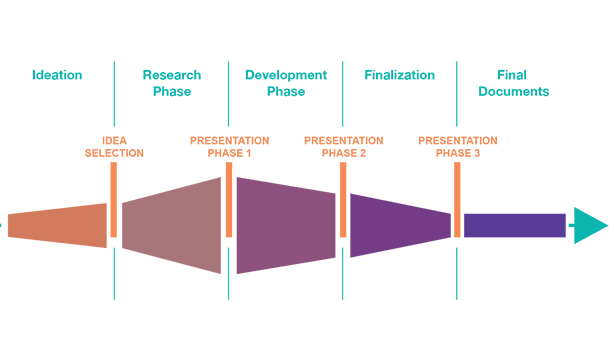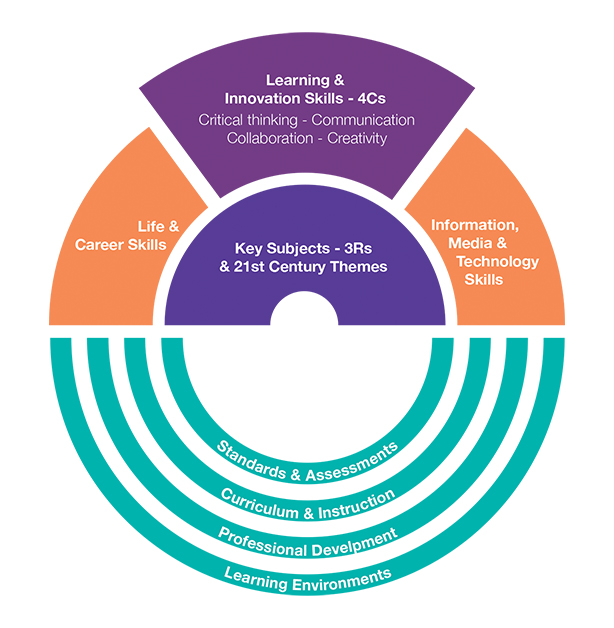Program Goals
Programs goals Our MBI programs overall objective is to provide learners with knowledge, methods, tools and capabilities to shape them as managers in organizations operating under uncertainty in complex and rapidly changing market and technological environments.
The goals of the MBI program are to provide the knowledge, skills, tools and understanding required to:
- Identify and generate new ideas
- Evaluate benefits versus risks in business opportunities
- Select best opportunities
- Integrate theories and practices to strengthen innovative* dynamic capabilities of organizations**
- Operationalize (develop and launch) new processes, products and / or services
- Manage innovative projects and organizational development through new processes, new products and /or services
- Attract and retain the best people
- Facilitate the emancipation of dynamic capabilities* and the required change (human, process, technological) for your company or organization to become innovation centric

Our MBI program focuses upon management within the frameworks of short-term and long-term objectives. For many companies, a critical issue is how to compromise between efficiency and innovation in combining their short and long term aims.
For today's business leader, it requires the mobilization of existing resources to current activities, whilst seeking new resources to develop innovative businesses and services. Hence, our MBI program's overall objective is to provide learners with knowledge, methods, skills, tools and understandings to shape them as managers in organizations operating under uncertainty in complex and rapidly changing market and technological environments.
Our MBI program is designed to answer both regular education as well as executive continuous education needs. It can be specialized to meet the needs of a particular industry so please do contact us for more information. Executive training and certificates in the field of innovation are also available. For more information regarding the Innovation Certificates, click here.
*. Teece, D., & Pisano, G. (1994). The dynamic capabilities of firms: an introduction. Industrial and corporate change, 3(3), 537-556.
**. Eisenhardt K.M. & Martin J.A. (2000). Dynamic Capabilities, what are they? Strategic Management Journal, 21(10-11), 1105-1121.






